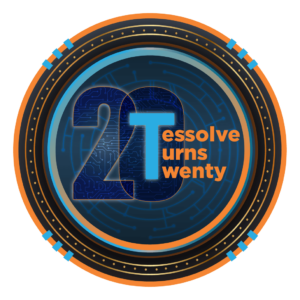Superior software for smarter software-defined vehicles
AutoSAR
AUTOSAR [Automotive Open System Architecture] is a globally established Automotive standard for software and methodology enabling open E/E system architectures for future intelligent mobility supporting high levels of dependability, especially safety, and security.
Functional Safety (ISO 26262)
Functional safety schemes for automobiles by helping in identifying the malfunctions in the electric and electronic systems and specifying the actions and techniques to be adopted to mitigate the risks and damage during instances of software or hardware failures.
HMI (Human Machine Interface)
Their sophistication, applications, and features keep on adding as we move up in the economic segments of cars. A few examples of these HMI units within the Automotive environment includes Heads-Up Display, Rear Seat Entertainment Systems, Steering based controls, Digital Instrument Clusters, Voice recognition and voice guidance, Improved In-Vehicle Experience, Multi-modal HMI Solutions, Key to Autonomous Driving, with Human- Machine interfaces in the automotive environment are incorporated in every possible touch point and assists driver and passengers to control infotainment, connectivity solutions, and ADAS applications.
Telematics
Telematics is a combination of telecommunications and informatics which allows cars to communicate with other devices via an internet connection. Just like a smartphone, a vehicle that is equipped with embedded telematics has a cellular modem built into it allowing the car to connect to the cellular network and communicate with other internet-connected devices such as mobile phones. The purpose of your car’s embedded cellular modem is to send vehicle telemetry like a car on road location, odometer reading, fuel tank level or EV battery level, tire pressure, and engine oil life period.
DIP (Driver Information Platform)
Driver Information Platform provides critical and useful information for the vehicle operator, which is an application of a real-time operating system. The information like trip meter, gear position, door status, cabin temperature of the automobile, and available fuel quantity. The alarm system indicates a low brake oil alarm, door open alarm, gear alarm, low lubrication alarm, hand brake alarm and low fuel alarm. The DIP system can be installed in any automobile without major modification and the electrical connections made conform to automotive standards.
BCM (Body control module)
The rapidly increasing demand for driving comfort and safety inevitably leads to the need for a cutting-edge vehicle electrical system architecture. The comprehensive system communicates and integrates the work of all electronic modules through the vehicle bus which functions to control load drivers and coordinates the activation of auto electronics units. The micro-controllers and connectors integrated into a BCM constitute the central structural unit of the system responsible for the controlling part. Operating data is transmitted to the control module through input devices. These may include sensors, vehicle performance indicators, and variable reactors which support the system in the way of indication and backend support.
System Level Test (SLT)
Whereas in a real application for example CPU/Microcontroller used for automotive, the device needs to be tested along with the other supportive ICs such as PMIC, Memory, Display, and other power electronic and customer-specific firmware. It is important to mention that the support ICs mentioned may not be from the same manufacturer. Testing for customer-specific Use Cases is becoming a key need for the devices that are used for mission-critical applications such as Automotive along with the need for 0 DPPM quality levels is driving the need for more SLT.
Bootloader Development and Porting
It is the ECU start-up code which runs first after checking the health of the CPU and Peripherals. It also helps in flashing the developed footprint.
MCAL Development
Micro Controller Abstraction Layer (MCAL) is one of the layers in AUTOSAR. It has low-level drivers like Communication drivers, IO drivers, and Memory drivers. We are involved in the development of these drivers according to the AUTOSAR standard.
MCAL Validation and Automation
Validation of MCAL layer to validate the drivers to work as per the system level requirements along with meeting the Function safety standards.
OS Porting and Integration
Different ECUs (Electronic Control Units) use a different OS, there is a possibility to retain all the modules and migrate to the different or latest OS. This activity is called OS porting. Nowadays many parties are involved in developing the modules and this must integrate as per Release functionality. So, the need for integration is vital.


